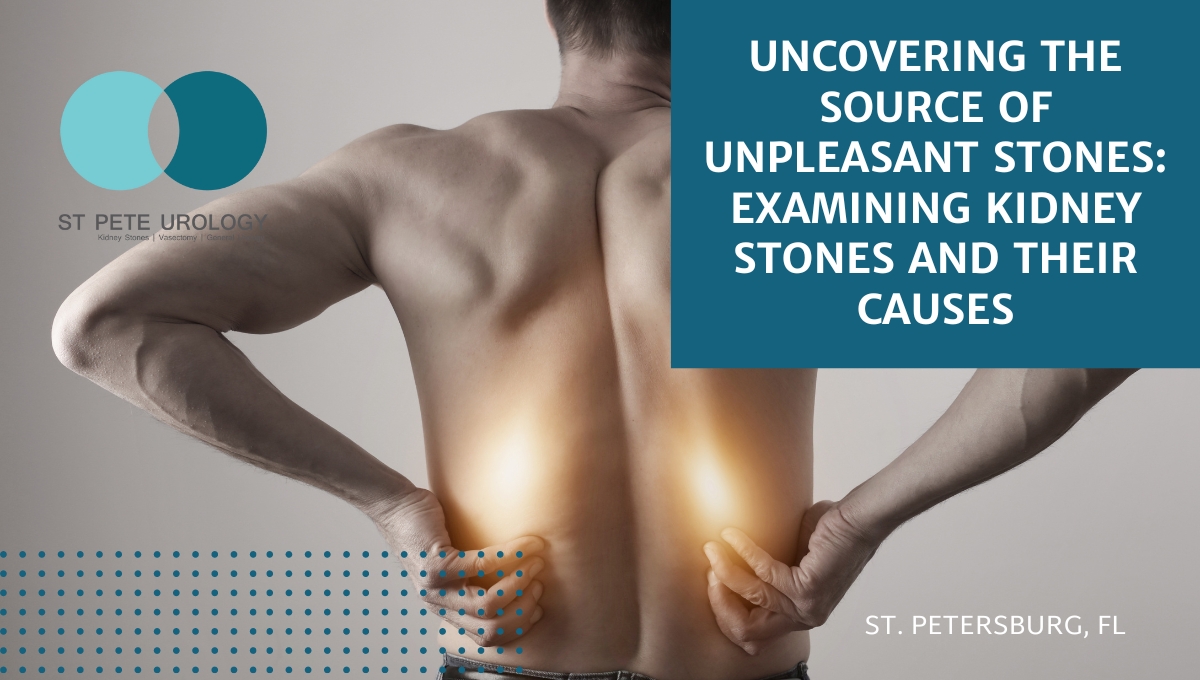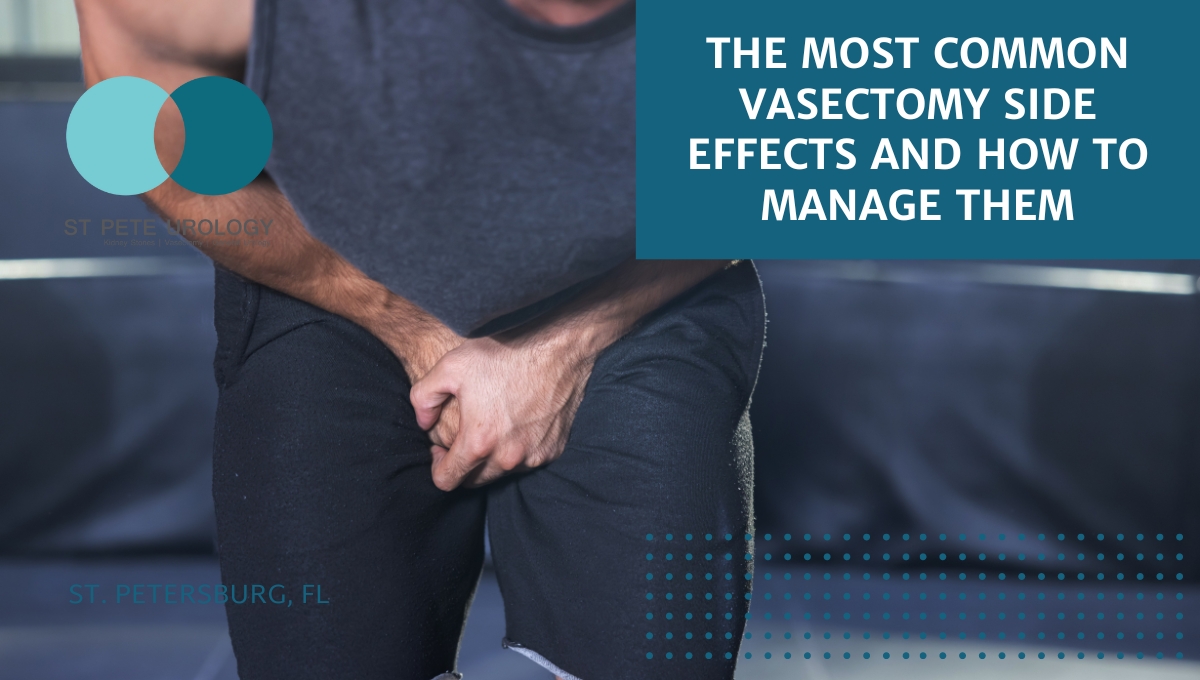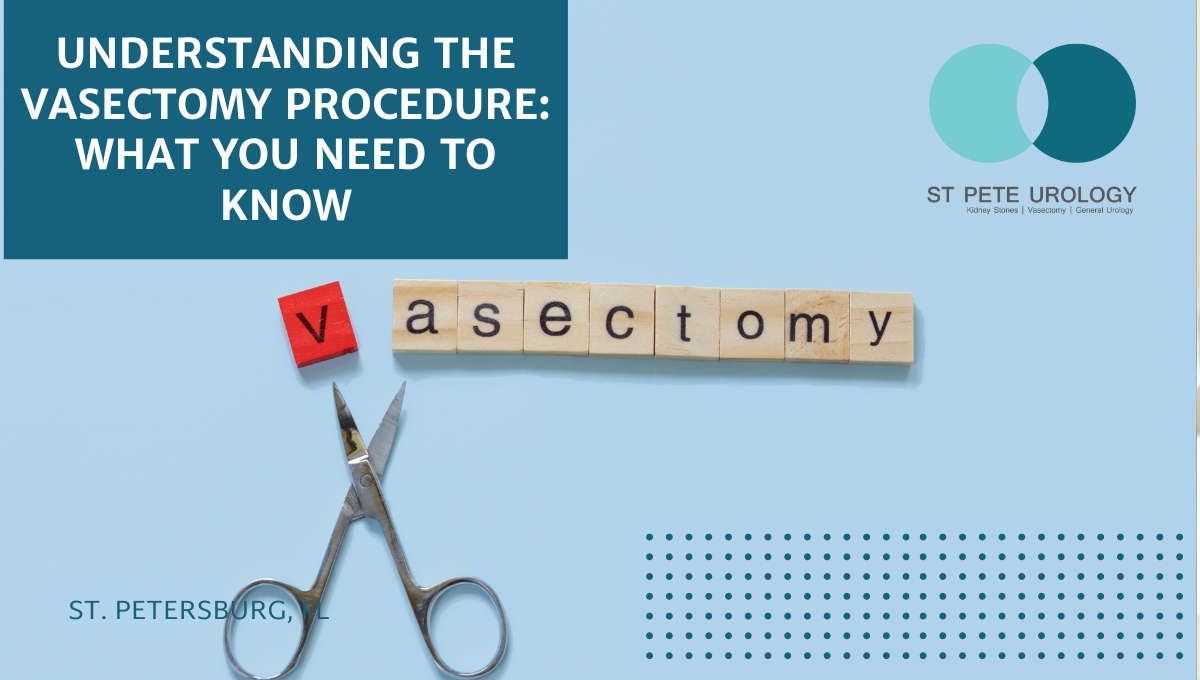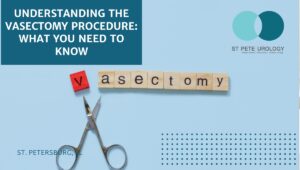Key Takeaways:
- Genetics, diet, medications, and other risk factors can all contribute to the formation of kidney stones.
- Adequate hydration, physical activity, and getting enough calcium can help reduce the risk of kidney stone formation.
- St Pete Urology has specialized experience in the prevention, diagnosis, and treatment of kidney stones.
 Kidney stones are a common condition that can cause severe pain. They differ in size, shape, and composition and can develop in one or both kidneys. In some cases, they are so small they pass unnoticed with no attendant symptoms. In other cases, the stones are larger, and the symptoms can be quite severe. Identifying the source of the stones can lead to better treatments and even prevention for many individuals. Knowing the causes of kidney stones leads to a better understanding of their development and the steps that should be taken to prevent them.
Kidney stones are a common condition that can cause severe pain. They differ in size, shape, and composition and can develop in one or both kidneys. In some cases, they are so small they pass unnoticed with no attendant symptoms. In other cases, the stones are larger, and the symptoms can be quite severe. Identifying the source of the stones can lead to better treatments and even prevention for many individuals. Knowing the causes of kidney stones leads to a better understanding of their development and the steps that should be taken to prevent them.
Genetics
Genetics may also play a role in kidney stone formation. It appears that inheriting genes from family members may increase the risk of developing stones. Additionally, the risk of kidney stones may vary depending on sex. Men are more likely to develop stones than women.
Diet
Diet also plays a role in stone formation. There is an association between consuming too little dietary calcium and kidney stones. Additionally, foods with a high content of oxalate (such as spinach, chard, rhubarb, and other dark leafy greens) can increase the risk of stone formation.
Medications
Some medications can increase the risk of kidney stones, including certain antibiotics and diuretics. It is also important to pay attention to the potential for dangerous drug interactions with other medications and food.
Other Risk Factors
Dehydration is one of the main risk factors for developing kidney stones. Additionally, underlying medical conditions such as diabetes and gout can increase the risk of developing stones.
Prevention
Fortunately, there are ways to reduce the risk of kidney stone formation. Adequate hydration, including drinking enough fluids, is essential. Additionally, engaging in regular physical activity and getting an appropriate amount of calcium consumption can help prevent the development of stones. Certain medications and supplements can also help reduce the risk.
Conclusion
Kidney stones are common and can be incredibly painful when they reach a certain size. Fortunately, understanding the source of stones and the factors that contribute to their formation can help with diagnosis, treatment and even prevention. Genetics, diet, medications and other risk factors can all influence the development of kidney stones. Therefore, making lifestyle changes and being mindful of risk factors can help reduce the formation of stones.
At St Pete Urology, our physicians have specialized training in the prevention, diagnosis and treatment of kidney stones. Our experienced and caring staff are prepared to help you from diagnosis through treatment, helping you reduce the risk of developing a stone again. Contact us today to get on the path to preventing and treating kidney stones.
References:
- “6 Easy Ways to Prevent Kidney Stones | National Kidney Foundation.” https://www.kidney.org/atoz/content/kidneystones_prevent.
- “Kidney stones – Symptoms and causes – Mayo Clinic.” 3 Jun. 2022, https://www.mayoclinic.org/diseases-conditions/kidney-stones/symptoms-causes/syc-20355755.
- “Causes and Risk Factors | My Kidney Stone | Boston Scientific.” https://www.mykidneystone.com/en-US/basics/causes-risk-factors.html.



 A vasectomy reversal is a surgical procedure that reverses a vasectomy. During a vasectomy, the doctor cuts, blocks, or seals the tubes called vas deferens, thus preventing sperm from reaching semen. During the procedure, a skilled doctor reconstructs the tubes to restore the man’s fertility. Men who have had a vasectomy, but now want to become fathers can benefit from a vasectomy reversal.
A vasectomy reversal is a surgical procedure that reverses a vasectomy. During a vasectomy, the doctor cuts, blocks, or seals the tubes called vas deferens, thus preventing sperm from reaching semen. During the procedure, a skilled doctor reconstructs the tubes to restore the man’s fertility. Men who have had a vasectomy, but now want to become fathers can benefit from a vasectomy reversal. 
 Vasectomies have become an increasingly popular form of permanent contraception for couples who have decided not to have children. But along with this growing popularity comes the question of how much does a vasectomy cost? In this article, we will address the procedure, cost factors, advantages and disadvantages, and more.
Vasectomies have become an increasingly popular form of permanent contraception for couples who have decided not to have children. But along with this growing popularity comes the question of how much does a vasectomy cost? In this article, we will address the procedure, cost factors, advantages and disadvantages, and more.
 Many males may view a vasectomy procedure as the simplest means to prevent future pregnancies. This can ensure that children are not born into their lives. However, it’s crucial to recognize that vasectomies can be associated with certain side effects. While a vasectomy might be the optimal choice for some couples, it’s essential to consider these potential side effects. In this article, we will discuss the most common vasectomy side effects and how to manage them.
Many males may view a vasectomy procedure as the simplest means to prevent future pregnancies. This can ensure that children are not born into their lives. However, it’s crucial to recognize that vasectomies can be associated with certain side effects. While a vasectomy might be the optimal choice for some couples, it’s essential to consider these potential side effects. In this article, we will discuss the most common vasectomy side effects and how to manage them.
 Understanding the Vasectomy Procedure: What You Need to Know
Understanding the Vasectomy Procedure: What You Need to Know
 The prostate is a small, walnut-sized gland that forms part of the male reproductive system. It sits right below the bladder and surrounds the top portion of the urethra.
The prostate is a small, walnut-sized gland that forms part of the male reproductive system. It sits right below the bladder and surrounds the top portion of the urethra.
 If so, you need immediate antibiotic treatment—
If so, you need immediate antibiotic treatment—
 A low sperm count, also known as oligospermia, can be an indicator of male fertility issues. In order to help correct this condition, there are several steps that can be taken.
A low sperm count, also known as oligospermia, can be an indicator of male fertility issues. In order to help correct this condition, there are several steps that can be taken.
 The bladder is a hollow organ located in the abdomen that temporarily holds urine produced by the kidneys. As the bladder fills with urine, nerve signals are sent to the brain, which causes the urge to urinate. These signals from the brain coordinate the relaxation of pelvic floor muscles and urethral sphincter muscles. Then, it directs the bladder muscles to contract and expel urine through the urethra.
The bladder is a hollow organ located in the abdomen that temporarily holds urine produced by the kidneys. As the bladder fills with urine, nerve signals are sent to the brain, which causes the urge to urinate. These signals from the brain coordinate the relaxation of pelvic floor muscles and urethral sphincter muscles. Then, it directs the bladder muscles to contract and expel urine through the urethra.
